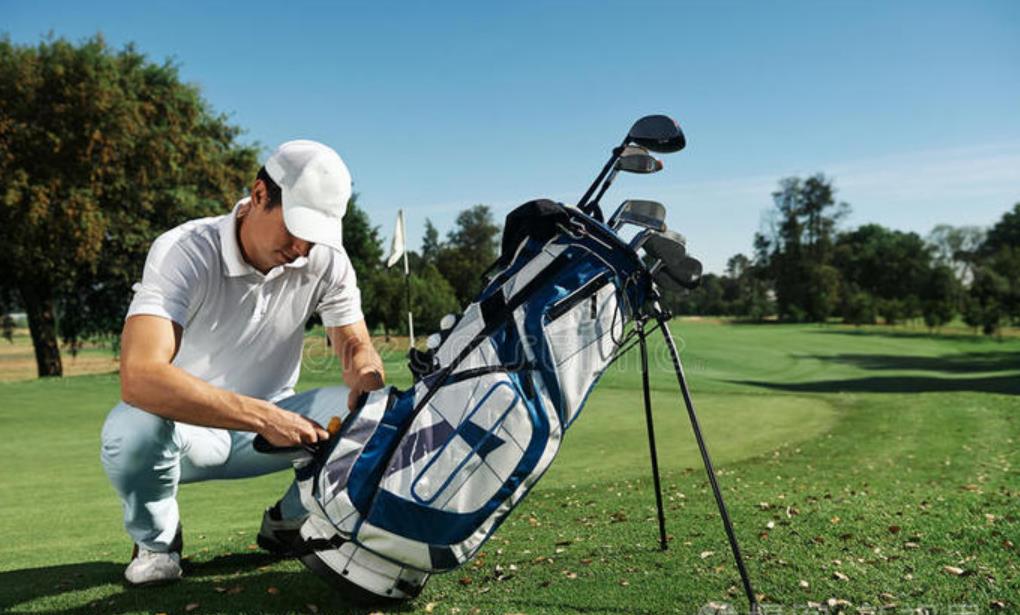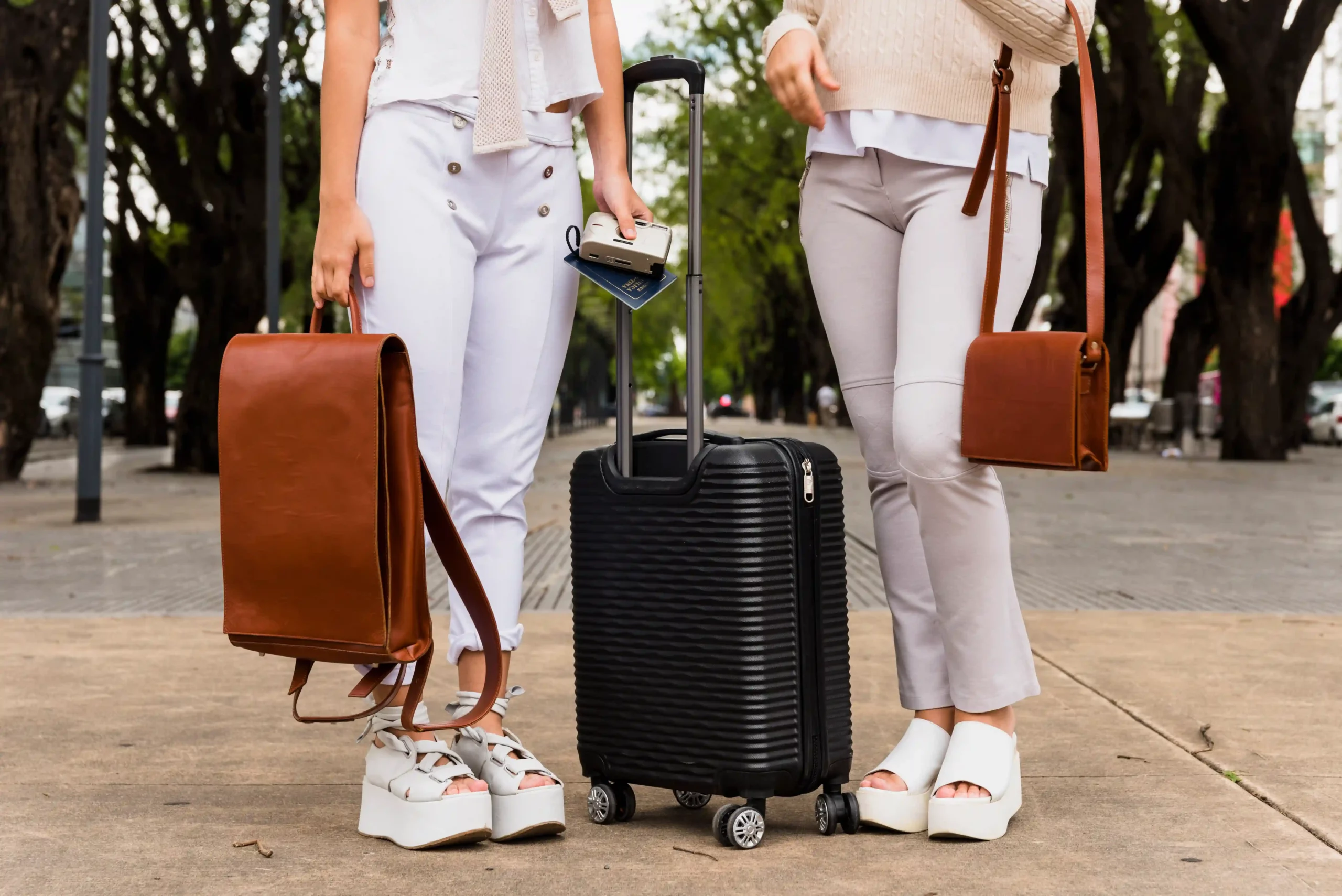If you’ve ever shopped for a bag, you’ve probably encountered the terms daypack and backpack. While they might seem interchangeable, these two types of packs serve very different purposes. Whether you’re heading on a short day hike, commuting to work, or embarking on a multi-day adventure, choosing the right pack can make all the difference in comfort, convenience, and overall experience.
But how do you decide between a daypack and a backpack? What size should your daypack be? And what exactly is a rucksack bag? In this guide, we’ll break it all down in a simple, engaging way so you can confidently pick the perfect pack for your needs.
What Are Daypacks?
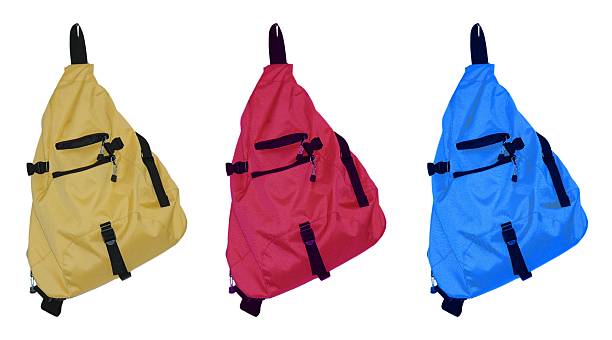
A daypack is a small, lightweight backpack designed to carry just the essentials for a short outing. Typically, daypacks range from 15 to 35 liters in capacity, making them ideal for activities like day hikes, urban commuting, cycling, or light travel.
Unlike larger backpacks, daypacks are designed for convenience. They often feature multiple compartments to keep your items organized, but they don’t have the bulk or weight of larger trekking packs. Some daypacks come with hydration bladder compatibility, making them perfect for outdoor enthusiasts who need easy access to water.
So, if you’re heading out for a day trip, a sightseeing adventure, or a quick hike, a daypack is your best friend. It’s comfortable, compact, and won’t weigh you down.
What Size Daypack Do I Need?
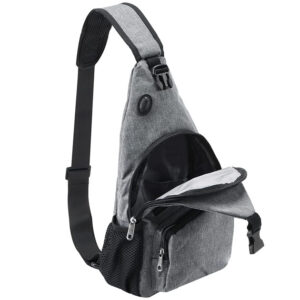
This is a common question, and the answer depends on what you plan to carry. If you’re asking yourself, “What size daypack do I need?”, consider the following:
- 15-20 liters – Ideal for lightweight everyday carry (wallet, keys, phone, small notebook, snacks). Perfect for commuting or sightseeing.
- 20-30 liters – A great choice for day hikes, travel, or gym bags. Can fit extra layers, water bottles, and some camera gear.
- 30-35 liters – Best for longer day hikes, carrying extra gear, or short overnight trips. Offers enough space for food, first aid kits, and even a lightweight rain jacket.
The golden rule? Choose a daypack that fits your needs without being too large or bulky. If your daypack is too big, you’ll be tempted to overpack and carry unnecessary weight. If it’s too small, you might struggle to fit everything inside.
Backpack Materials and Durability
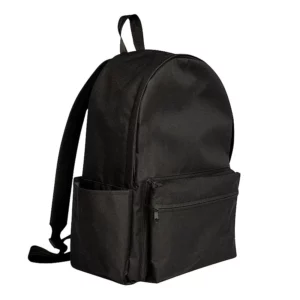
Whether you choose a daypack or a backpack, material quality matters. A good pack should be durable, water-resistant, and lightweight. Here are some common materials used:
1. Nylon & Polyester
Most modern backpacks are made from nylon or polyester, which are lightweight and water-resistant. Nylon, in particular, is highly durable and tear-resistant, making it great for outdoor use.
2. Ripstop Fabric
For extra toughness, ripstop nylon or polyester is used. This material features a special reinforcing technique that makes it resistant to tears and punctures.
3. Canvas
Canvas backpacks (often seen in rucksacks) are heavier and more rugged. They’re excellent for carrying heavier loads but are less water-resistant compared to nylon.
4. Leather Accents
Some premium backpacks feature leather trims, adding style and durability. However, leather can increase weight and require extra care.
A good backpack should also have reinforced zippers, strong stitching, and durable straps to withstand everyday wear and tear.
Backpack Features and Additional Functions
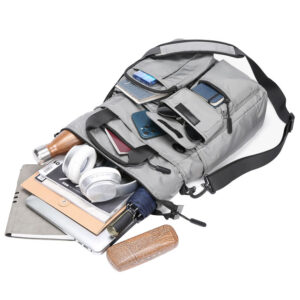
Beyond just material, the features of a backpack can greatly affect its usability. Here are some key ones to consider:
1. External Pockets & Compartments
A well-designed backpack should have multiple compartments to keep things organized. Look for side pockets for water bottles, zippered front compartments for quick-access items, and internal laptop sleeves for work or travel.
2. Hydration Compatibility
If you’re using your pack for hiking or cycling, a hydration bladder-compatible backpack is a game-changer. This allows you to carry water efficiently without needing bulky bottles.
3. Padding & Ventilation
Comfort is key! A padded back panel and adjustable straps help distribute weight evenly. Some backpacks also have ventilated mesh to reduce sweating.
4. Modular Design & Expandability
Some backpacks offer modular features, like removable compartments, expandable sections, or MOLLE attachment points for extra gear.
The right features depend on your needs. If you’re a traveler, a secure laptop sleeve and hidden anti-theft pockets are useful. If you’re hiking, external attachment points for trekking poles could be a great addition.
Key Differences Between a Daypack and a Backpack
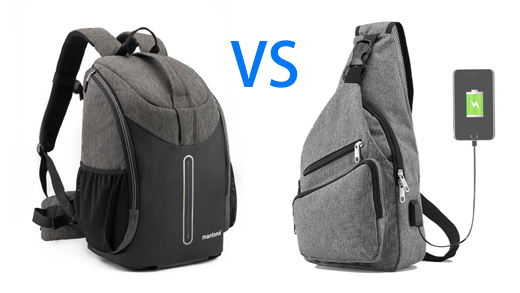
While a daypack is a type of backpack, not all backpacks are daypacks. The key differences between the two come down to size, features, and intended use.
- Capacity & Purpose
- Daypacks are smaller, usually under 35 liters, and meant for short-term use.
- Backpacks come in various sizes, from 35 liters up to 80+ liters, making them suitable for extended trips.
- Design & Comfort
- Daypacks are lighter and more compact, often without a rigid frame.
- Larger backpacks typically have hip belts, sternum straps, and internal frames for better weight distribution.
- Storage & Organization
- Daypacks feature minimal compartments for daily essentials.
- Backpacks, especially hiking ones, have multiple pockets, hydration sleeves, and reinforced padding for long-haul comfort.
- Ideal Usage
- Choose a daypack for urban commutes, short hikes, and everyday activities.
- Pick a backpack for longer hikes, multi-day camping, or international travel.
Think of it this way: if your trip is just a few hours, a daypack is perfect. If you’re planning a multi-day adventure, you’ll need a backpack that can handle the extra load.
When to Choose a Daypack vs. a Backpack
Now that we’ve covered the differences, when should you choose a daypack over a backpack? Here’s a simple guide:
- Pick a daypack if:
- You’re going on a short day hike.
- You need a lightweight bag for commuting or work.
- You’re traveling and need a compact carry-on bag.
- Pick a backpack if:
- You’re going on a multi-day trip or hiking adventure.
- You need to carry heavier gear and supplies.
- You want a pack with extra support, padding, and storage capacity.
If you’re unsure, start with a medium-sized daypack (around 25-30 liters). It provides enough space for most day-to-day activities while remaining lightweight and easy to carry.
Conclusion
Choosing between a daypack and a backpack depends on your activities, load capacity, and comfort preferences. If you’re running errands or going on a short trip, a daypack is perfect. But if you need to carry heavier loads for longer periods, a backpack is the way to go.
Now that you know what are daypacks, what is a rucksack bag, and what size daypack do I need, you’re ready to make an informed decision. Happy packing!
FAQs
What size daypack do I need?
The ideal daypack size depends on your activities:
- 10-20 liters → Perfect for daily commutes, sightseeing, or carrying light essentials.
- 20-30 liters → Great for day hikes, short trips, or carrying extra gear.
- 30-35 liters → Suitable for extended day trips or light overnight stays.
If you’re unsure, a 25-liter daypack is a good all-around size for most daily activities.
What is a rucksack bag?
A rucksack is a type of backpack that typically has a drawstring or flap closure instead of zippers. It often features a rugged design, making it popular among military personnel, hikers, and travelers.
While all rucksacks are backpacks, not all backpacks are rucksacks. The main difference is in the closure system and durability—rucksacks are often heavier-duty and made from canvas.
Can I use a daypack for travel?
Yes! A daypack is a great travel companion, especially as a carry-on bag or personal item. If you’re taking a short trip or just need a compact bag for sightseeing, a 20-30 liter daypack is ideal.
For longer trips, many travelers use a larger backpack for luggage and a smaller daypack for daily excursions.
Is a daypack better than a backpack?
Neither is necessarily “better”—it depends on your needs:
- A daypack is best for light, everyday use.
- A backpack is better for multi-day hikes, heavy loads, or long-distance travel.
If you only need to carry a few items, a daypack is more practical. But if you need extra storage, durability, and comfort for longer trips, a backpack is the better option.
What are the most durable backpack materials?
The best materials for a durable backpack include:
- Ripstop nylon → Lightweight, water-resistant, and tear-resistant.
- Polyester → Affordable and resistant to wear.
- Canvas → Heavy-duty but less water-resistant.
- Leather → Stylish and durable but requires more maintenance.
If you need a backpack for outdoor adventures, go for ripstop nylon or waterproof-treated polyester.
Can a daypack carry a laptop?
Yes! Many modern daypacks include a padded laptop sleeve, making them great for students, professionals, and digital nomads. If you plan to carry a laptop, choose a daypack with at least 20-25 liters to ensure enough space for your computer and other essentials.



